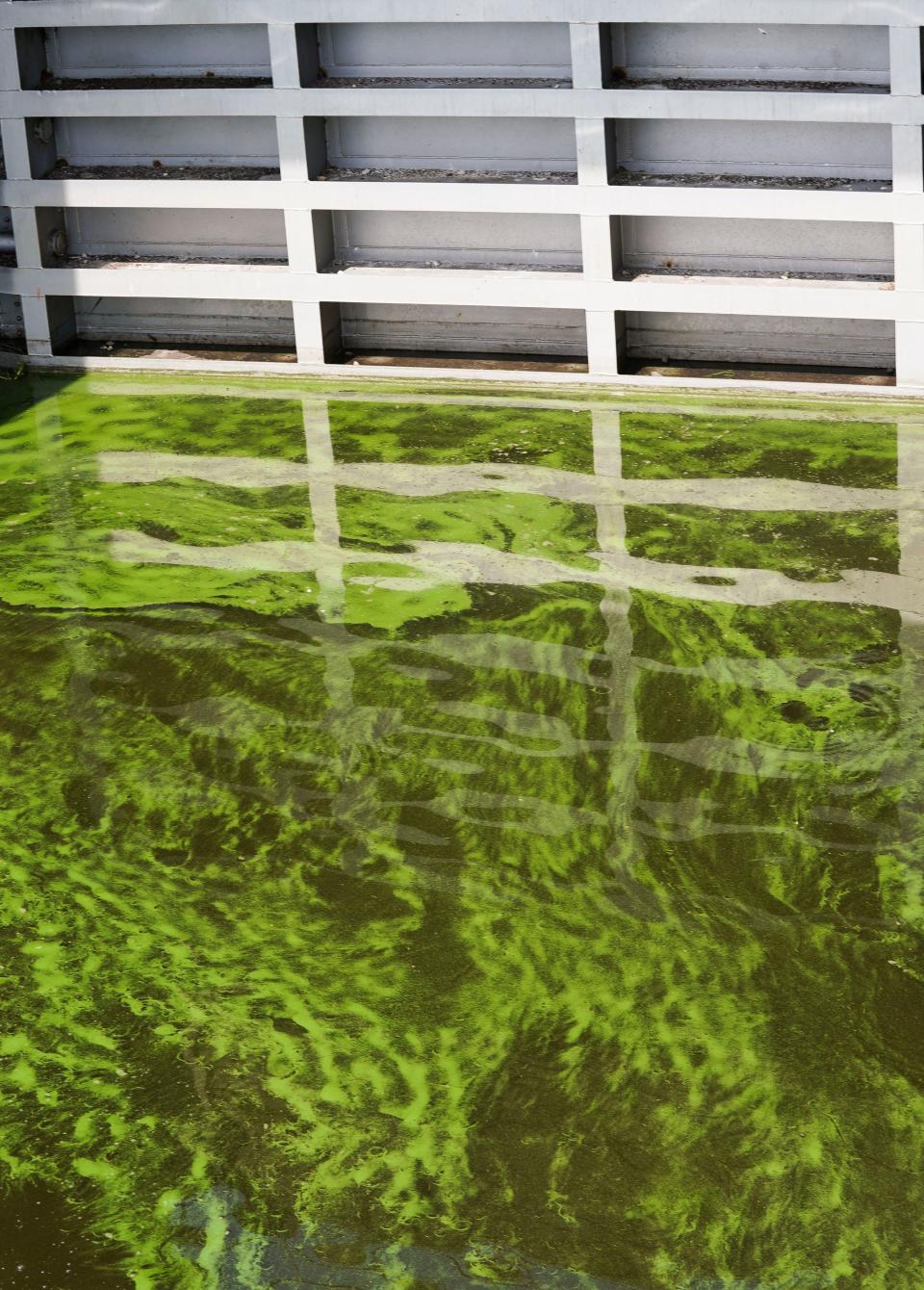Army Corps' new Lake O plan is far from perfect despite long wait
The waiting is the hardest part. Every day you see one more cardYou take it on faith, you take it to the heart. The waiting is the hardest part. ∼ The Waiting, Tom Petty and the Heartbreakers.
Promises, promises. Sometimes when something is promised to you, the anticipation adds to the excitement. But when one is made to wait, and wait, and then wait some more, it calls into question whether the payoff will even be worth the wait.
LOSOM — the Lake Okeechobee System Operating Manual — is the plan the Army Corps of Engineers will use to guide lake water management decisions for the next two decades. The agency began the process to replace LORS08 — the Lake Okeechobee Regulation Schedule — with LOSOM in January 2019.
Four and a half years later, still no LOSOM. Good news is, the Corps tells us it's coming soon. I'm not calling the agency liars, but let's just say I'll believe it when I see it.

Corps listening session July 24
On July 24, the Army Corps had a LOSOM listening session since there have been no updates since May. That was when we learned the LOSOM process would be delayed until December because the Corps was informed by another federal agency — NOAA National Marine Fisheries Service — that it was issuing a biological opinion on sea turtles in the Gulf of Mexico near the Caloosahtahcee River and the effects of red tide on them exacerbated by Lake O discharges.
No, not a word about any endangered marine species in the St. Lucie River, Indian River Lagoon or Atlantic Ocean. And where has the National Marine Fisheries Service been? This process began years ago. Let's review the timeline for LOSOM:
2019: Corps said it will probably finish LOSOM by 2021
2020: Global pandemic slows workflow everywhere
August 2022: Corps said LOSOM will be done November 2022
January 2023: Col. James Booth told TCPalm LOSOM will be signed June 2023
March 2023: NMFS told Corps it needs until August to submit a biological opinion
May 2023: Corps said LOSOM will be signed December 2023
So now it's December? Why should we believe this? The Corps has been moving the goalposts ever since the beginning.
Better yet, what was revealed during the LOSOM project delivery team meeting July 24 was that apparently not one stakeholder in the process is happy. Let me explain what it does, what it doesn't do and where problems still exist.
Three things LOSOM does
Reduces frequency and volume of discharges to both coasts
Will hold back more water in Lake O — up to 16 feet, 8 inches instead of 15 feet, 8 inches during rainy season. Dike failure is no longer a fear, so this also provides water for irrigation and drinking water source for Okeechobee and part of West Palm Beach.
Sets other parameters for where and when the water is discharged to the coasts.
Problems with LOSOM
With water kept higher, that sets up a scenario for discharges to be necessary if there is a tropical storm or hurricane.
Still does not send enough water south to help the Everglades or Florida Bay, both areas that need more freshwater.
Nothing in LOSOM to prevent toxic algae from being dumped on humans; however, delay caused by NMFS biological opinion is about red tide effect on sea turtles.
Higher water can damage submerged aquatic vegetation in Lake O, which hurts the quality of the recreational fisheries there and thereby hurts businesses that depend on sportfishing in Lake O.
Lower quality water in Lake O, which eventually will be discharged to the coasts.
So after all this, after five years of creating this plan, it still seems pretty flawed. Will it remain a work in progress for another year or will we finally have something to work with before we're singing "Auld Lang Syne"?
I guess we'll just have to wait and see.
Ed Killer is a columnist with TCPalm. This is his opinion. Email him at ed.killer@tcpalm.com.
This article originally appeared on Treasure Coast Newspapers: Army Corps new Lake Okeechobee plan not satisfying to stakeholders

